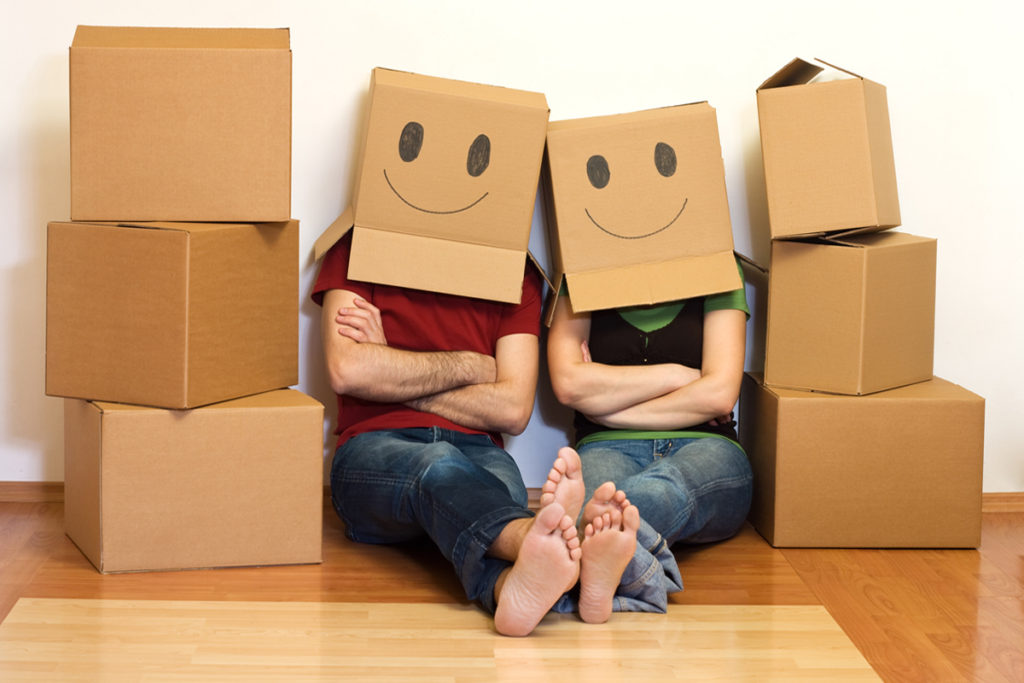Moving to a new home is a fresh start, but it also requires a lot of planning and effort, especially when it comes to packing. Knowing what to pack when moving can make the difference between a smooth transition and a stressful experience. To help you navigate this process, we’ve put together a comprehensive guide on what to pack first when moving house, how to pack quickly for moving, and what the last thing to pack when moving should be.
What To Pack First When Moving House
1. Start with a Plan
Before you start packing, it’s crucial to have a plan in place. This will help you stay organized and make sure that everything gets packed in the right order. The first step is to create a moving checklist. This checklist should include everything you need to do before, during, and after the move.
- Inventory: Start by making an inventory of all your belongings. This will help you decide what to pack first when moving house and what items you might want to sell, donate, or throw away.
- Timeline: Create a timeline for your move. This will help you determine how much time you need to pack each room and ensure that you’re not left scrambling at the last minute.
- Packing Supplies: Gather all the packing supplies you’ll need, such as boxes, tape, markers, bubble wrap, and packing paper.
2. Declutter Before You Pack
One of the most effective ways to reduce stress and save time when packing is to declutter your home before you start. Go through each room and decide what you really need to take with you. This will not only reduce the number of items you need to pack but also make unpacking at your new home much easier.
Instead of packing room by room, start by sorting items by category. For example, gather all your books, clothes, or kitchen utensils, and decide what to keep and what to get rid of.
Items that are still in good condition but no longer serve a purpose in your life can be donated or sold. This is a great way to lighten your load and give back to the community.
What Room Should I Pack First When Moving?
Now that you’ve decluttered, it’s time to start packing. A common question is, “What room should I pack first when moving?” The answer depends on your specific situation, but a good rule of thumb is to start with rooms that are least frequently used.
- Storage Areas: Begin with storage areas like the attic, basement, or garage. These spaces often contain items that you don’t use daily, making them easier to pack early in the process.
- Guest Room: If you have a guest room, this is another great place to start. Like storage areas, guest rooms typically contain items that aren’t used every day, making them ideal for early packing.
- Seasonal Items: Pack away seasonal items that you won’t need before the move. For example, if you’re moving in the summer, you can pack away your winter clothes, holiday decorations, and snow gear.
How to Pack Quickly for Moving?
Time is of the essence when you’re moving, so knowing how to pack quickly for moving can be a lifesaver. Here are some tips to help you pack efficiently without sacrificing organization.
- Use a Packing Station: Set up a packing station in a central location in your home. This should include all your packing supplies, such as boxes, tape, and markers. Having everything in one place will save you time and make the process more streamlined.
- Pack Room by Room: While sorting items by category is useful for decluttering, it’s best to pack room by room to keep everything organized. Label each box with the room it belongs to and a brief description of its contents. This will make unpacking much easier.
- Use Towels and Linens as Padding: Save time and packing materials by using towels, blankets, and linens to wrap fragile items. This not only protects your belongings but also reduces the number of boxes you’ll need to pack your soft goods.
- Don’t Overthink It: It’s easy to get bogged down in decisions when packing, but try not to overthink it. If you’re unsure whether to keep or discard an item, pack it now and decide later when you have more time.
When it comes to what to pack first when moving house, the key is to focus on non-essential items first. These are things you won’t need in the weeks leading up to your move. Here’s a list of items to consider packing first:
- Off-Season Clothing: As mentioned earlier, pack away any clothes that are out of season. You won’t need them before the move, so they can be boxed up early.
- Decorative Items: Wall art, picture frames, and other decorative items can be packed early since they’re not essential to your daily routine.
- Books and DVDs: If you have a large collection of books or DVDs, these can be packed away early. Just keep a few favorites out to enjoy before the move.
- Extra Linens and Towels: Pack away any linens and towels that you don’t use regularly. Keep just enough out for daily use until you’re ready to move.
- Rarely Used Kitchen Items: Appliances or kitchen gadgets that you use infrequently can be packed away early. Just make sure to keep the essentials, like your coffee maker and toaster, out until the last minute.
Essential Items to Pack Last
Knowing what the last thing to pack when moving should be is just as important as knowing what to pack first. The items you pack last will likely be the ones you use daily, so it’s important to keep them accessible until the very end.
- Daily Essentials: This includes items like your toothbrush, toiletries, medications, and a few changes of clothes. Pack these in a suitcase or duffle bag that you can keep with you during the move.
- Important Documents: Keep important documents, such as passports, birth certificates, and financial records, with you during the move. These should be packed last and stored in a secure place.
- Basic Kitchen Supplies: Keep a few basic kitchen supplies, like a couple of plates, cups, and utensils, out until the last day. You’ll need them for meals leading up to the move.
- Cleaning Supplies: You’ll need cleaning supplies for the final clean-up of your old home and for setting up your new one. Pack these last so they’re readily available.
- Electronics and Chargers: Keep your essential electronics, like your phone, laptop, and chargers, out until the last minute. You’ll likely need these during the move, so they should be packed last and easily accessible.
Packing Tips for Specific Rooms
Each room in your home presents unique challenges when it comes to packing. Here are some tips for packing specific rooms in your home:
- Kitchen: The kitchen can be one of the most challenging rooms to pack because of the number of fragile items. Start by packing items you use infrequently, such as specialty appliances, serving dishes, and glassware. Use plenty of padding for fragile items and pack them securely in boxes labeled “fragile.”
- Bedroom: Start by packing off-season clothing, shoes, and accessories. Then move on to items like extra bedding, decorative pillows, and other non-essential items. Keep your daily essentials, like your favorite clothes and toiletries, out until the last minute.
- Living Room: Start by packing decorative items, books, and any electronics you won’t need before the move. Larger items, like furniture, can be disassembled and packed closer to moving day.
- Bathroom: Keep your daily toiletries out and pack away any extras, such as spare towels, bathroom decorations, and cleaning supplies. Make sure to leave out the essentials until the very end.
Label Everything
One of the most important steps in the packing process is to label everything clearly. This will make unpacking at your new home much easier and ensure that you can find everything you need quickly.
- Label each box with the room it belongs to. This will make it easier for the movers to place the boxes in the correct rooms at your new home.
- Include a brief description of the contents of each box. This will help you locate specific items without having to open every box.
- Clearly label boxes containing fragile items as “fragile” to ensure they are handled with care during the move.
Stay Organized with a Moving Day Box
A moving day box is a box of essential items that you’ll need immediately upon arrival at your new home. This should include things like:
You don’t want to be searching for toilet paper after a long day of moving. Keep a small toolkit with essentials like a screwdriver, hammer, and nails for any immediate assembly needs.
Moving is hard work, so make sure you have snacks and water on hand to keep your energy up. Keep a phone charger in your moving day box so you can stay connected throughout the day.
Final Thoughts
Packing for a move can be a daunting task, but with the right strategy, it doesn’t have to be overwhelming. By knowing what to pack first when moving, starting with a plan, and staying organized throughout the process, you can make your move as smooth and stress-free as possible.
Remember to start with non-essential items and gradually work your way to the essentials, ensuring that your most needed belongings are the last to be packed and the first to be unpacked at your new home. With careful planning, efficient packing, and clear labeling, you’ll be able to transition into your new space with ease, making the experience more enjoyable and less stressful.

